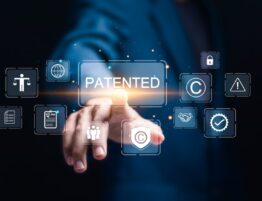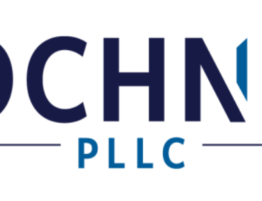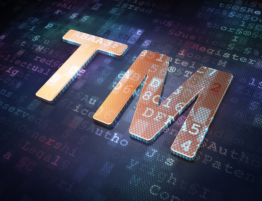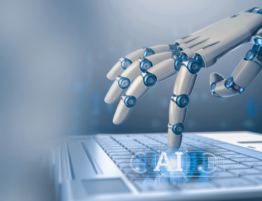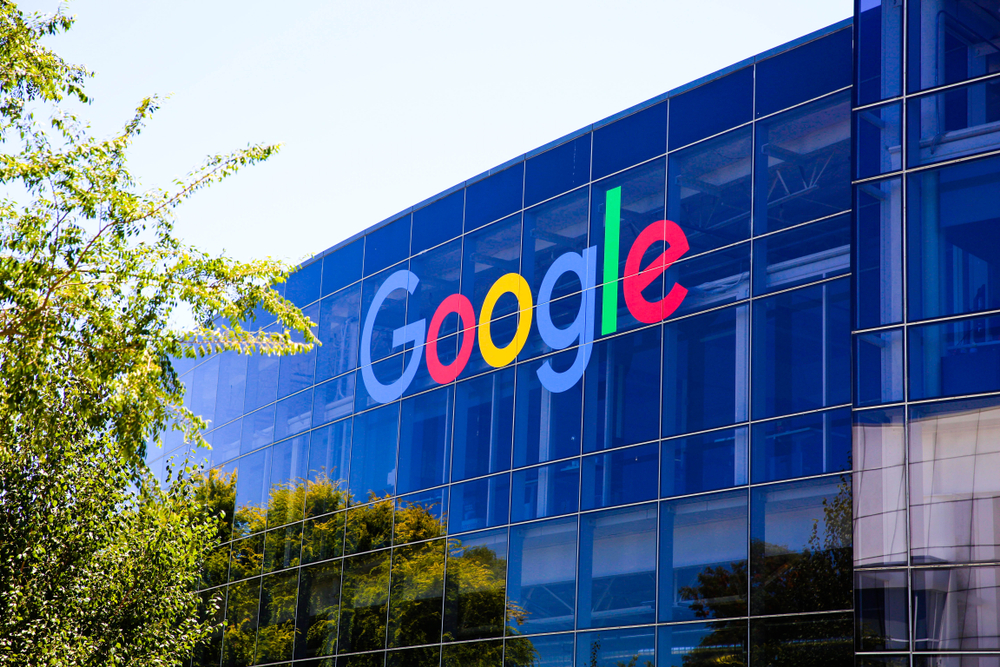
Today, the US Supreme Court ruled in favor of Google in its decade-long copyright battle with Oracle over Google’s partial copying of the Java SE Computer program. When Google implemented the Android OS, Google wrote its own version of Java. But to allow developers to write their own programs for Android, Google’s implementation used the same names, organization, and functionality as the Java APIs. For non-developers, Application Programming Interfaces (“APIs”) are, generally, specifications that allow programs to communicate with each other. Essentially, when you read an article online, and click on the icon to share that article via Twitter, for example, you are using a Twitter API that the site’s developer got directly from Twitter.
Deciding that Google’s use of Oracle’s Java API code fell under the doctrine of “fair use,” the court stated, “Google’s copying of the API to reimplement a user interface, taking only what was needed to allow users to put their accrued talents to work in a new and transformative program, constituted a fair use of the material.”
Fair use in Copyright law focuses on four factors:
- The purpose and character of the use;
- The nature of the copyrighted work;
- The amount and substantiality of the portion used in relation to the copyrighted work as a whole.
- The effect of the use upon the potential market for or value of the copyrighted work.
The Court’s evaluation of the four factors was neatly summed up by Breyer in the following quote regarding the character of Google’s use and its effect on the market:
“Here, Google’s use of the Sun Java API seeks to create new products. It seeks to expand the use and usefulness of Android-based smartphones. Its new product offers programmers a highly creative and innovative tool for a smartphone environment . . . Google, through Android, provided a new collection of tasks operating in a distinct and different computing environment. Those tasks were carried out through the use of new implementing code (that Google wrote) designed to operate within that new environment.”
Justice Stephen Breyer, with over fifty years of computer copyright insight, wrote the opinion on behalf of the 6-2 majority, while Justice Clarence Thomas, a frequent patent opinion writer, contributed the dissent. Justice Samuel Alito joined the discourse while newly appointed Justice Amy Coney Barrett did not participate as she was not on the bench for the oral arguments back in October of 2020.
The majority opinion drew a distinction in the case from its previous cases involving fair use, relying in this instance on the nature of APIs as a category. Additionally, the Court did not address Google’s argument that APIs are not copyrightable.
The fallout from this decision remains to be seen but for now, the tech world can expect dramatic changes to what code or API constitutes fair use or not. Early reactions from developers are mostly positive given the decision’s promotion of innovation. For the world of copyright law, there is expectation of more claims of fair use in software-related claims.
If you yourself have experienced intellectual property infringement and are seeking council, Stanton IP Law is here to help with all of your copyright, trademark, patent and litigation needs. Visit us at www.stantoniplaw.com


